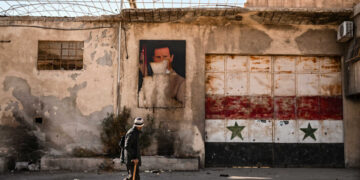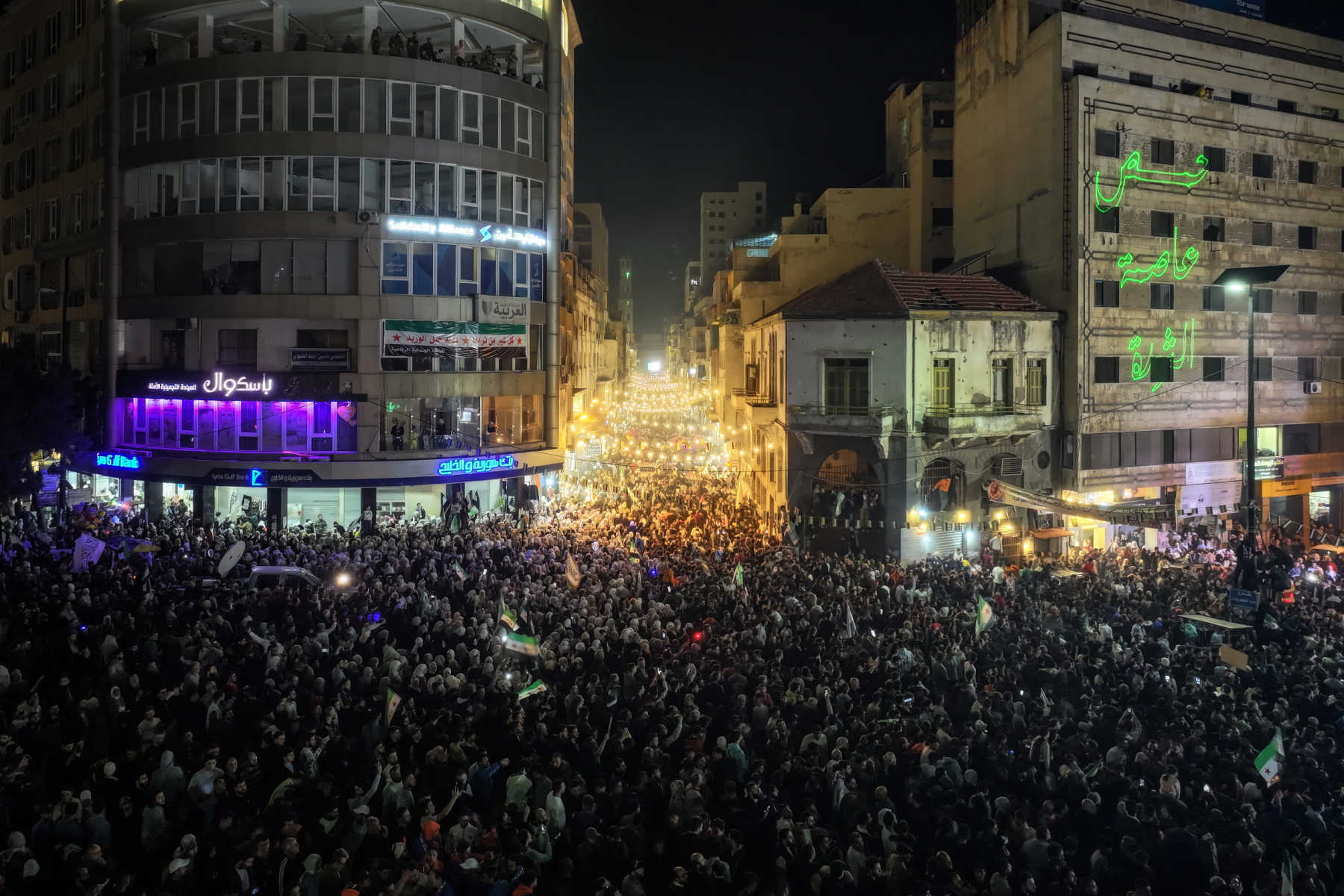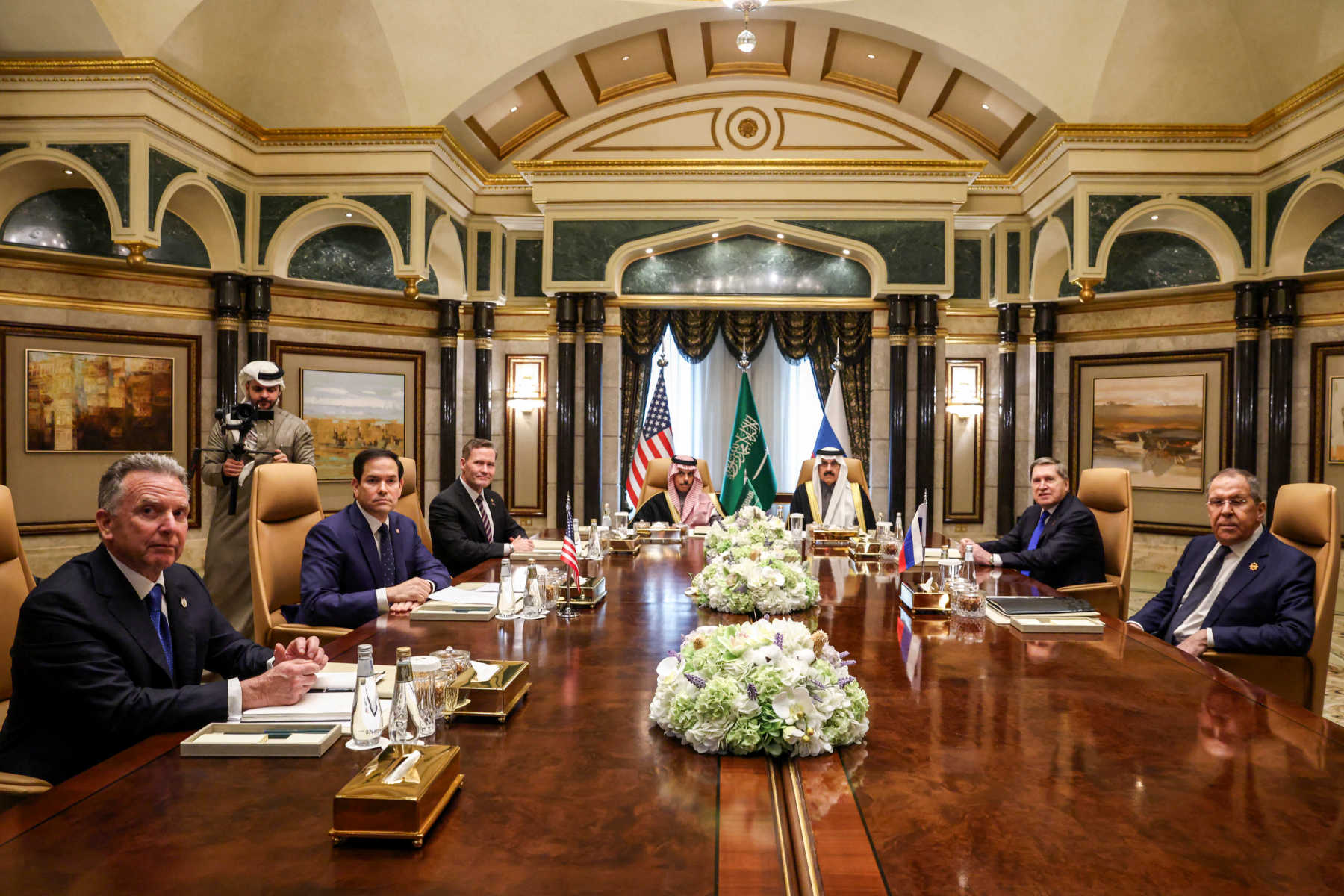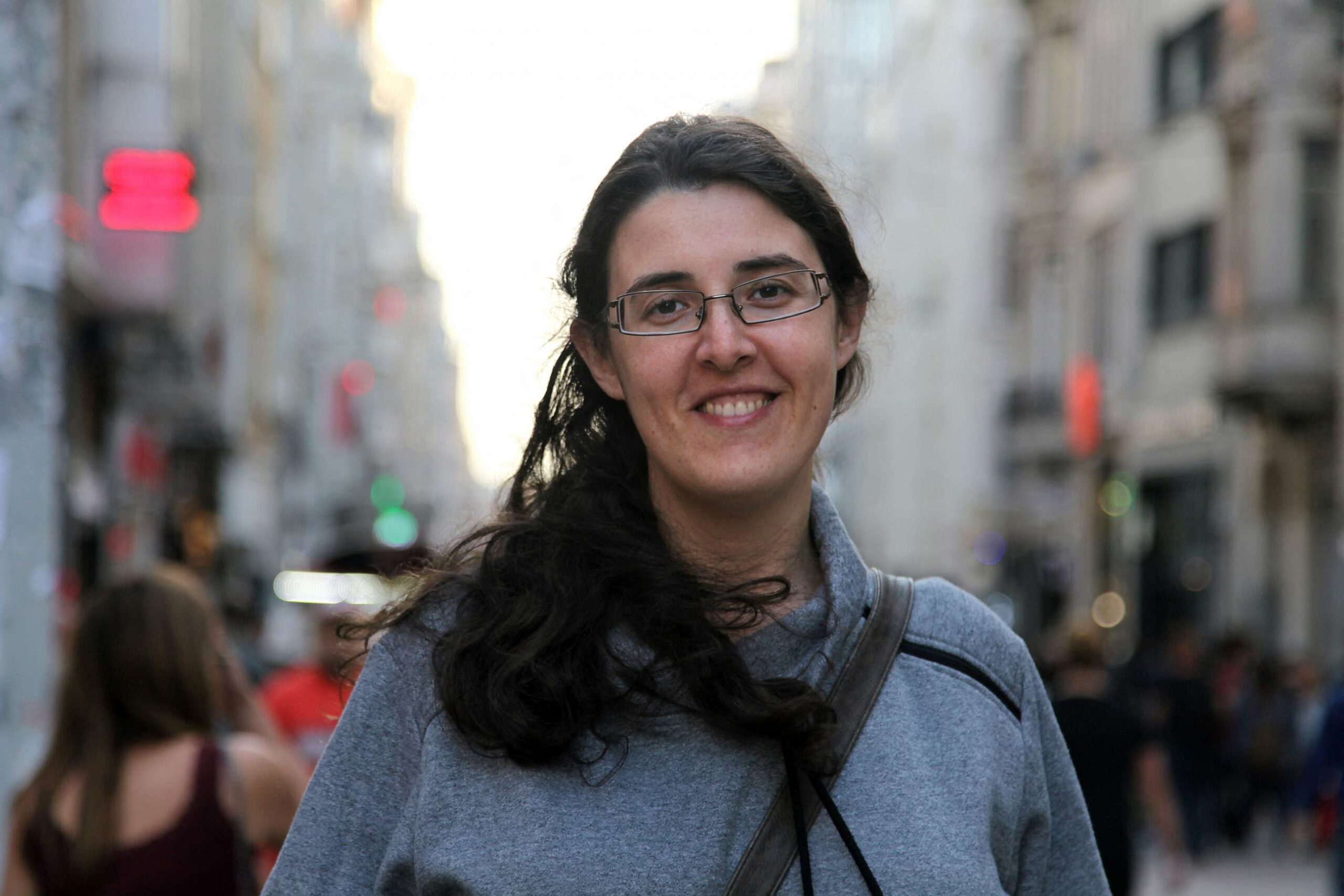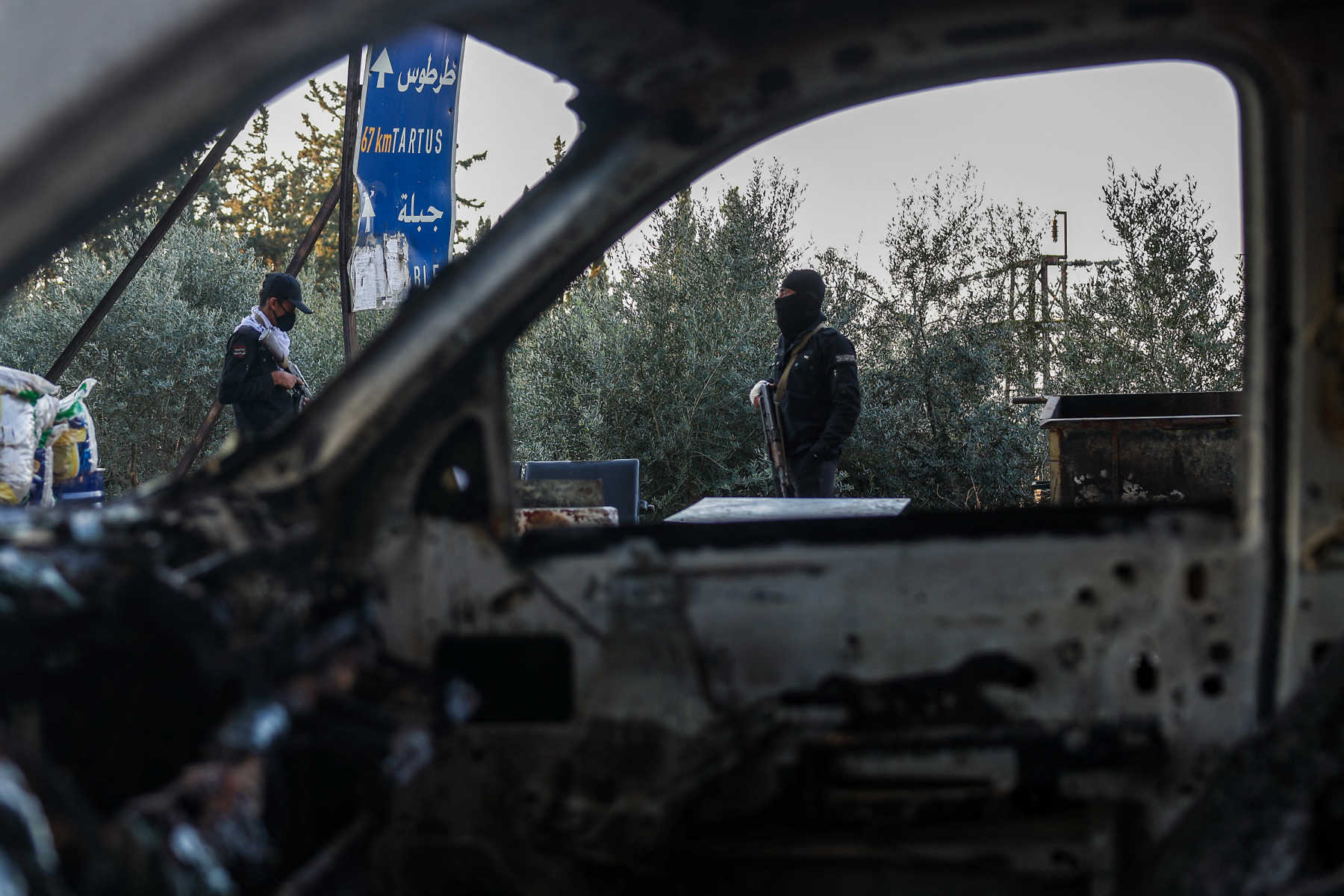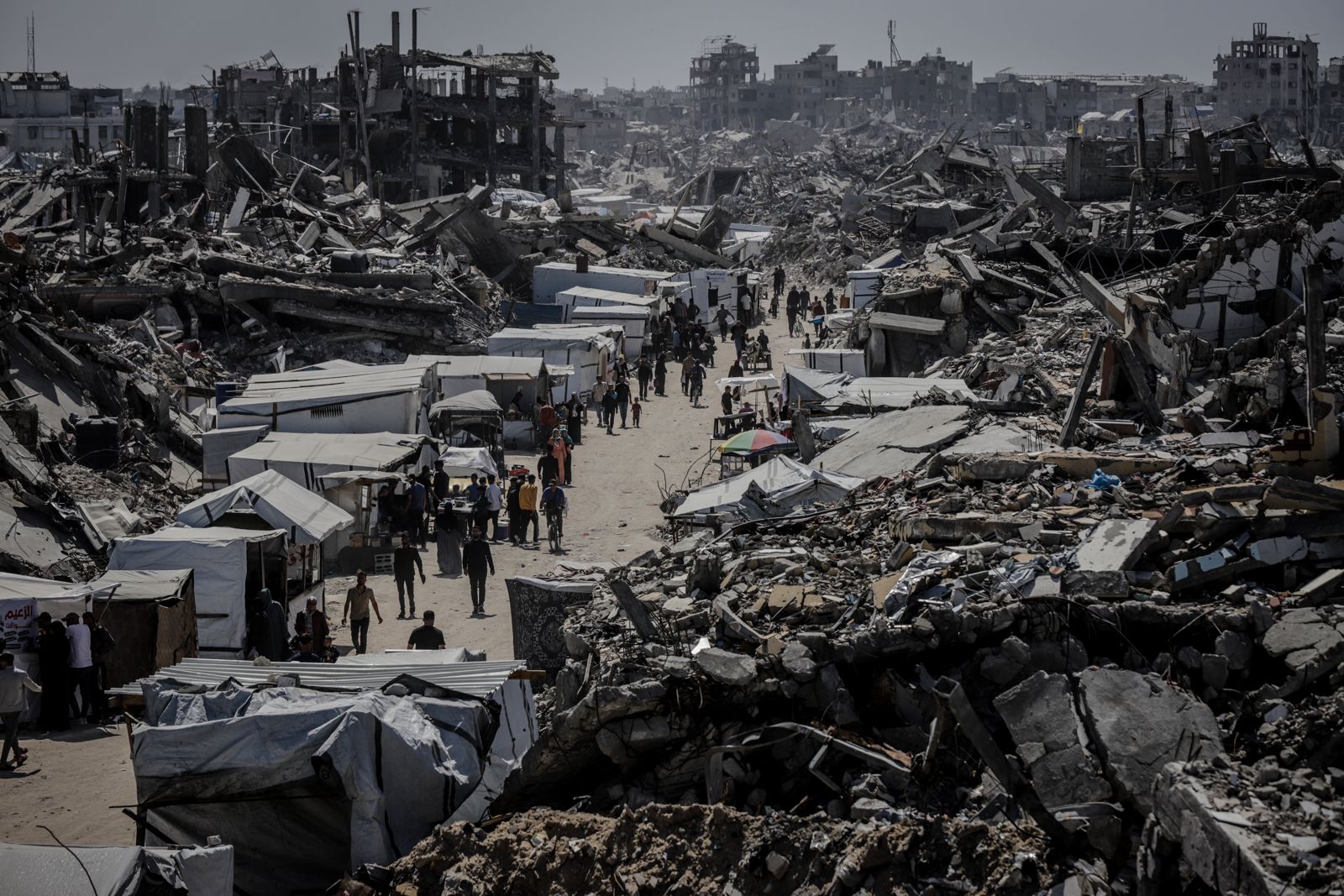Hossam el-Hamalawy is a photojournalist and a member of the Egyptian Revolutionary Socialists.
عربي
Egyptian President Abdel-Fattah al-Sisi's regime recently unveiled a "national human rights strategy" that is as dystopian as it sounds in a country whose jails are overflowing with more than 60,000 political prisoners. In touting the "strategy"—which claims to protect human rights through legal and other institutional reforms but, in fact, includes plans to build more new prisons and expand surveillance and censorship—Sisi gave a speech about 2022 being "the year of civil society" in Egypt. This is the same autocrat who has spent his eight years in power brutally cracking down on civil society, with mass arrests of journalists, activists and any political dissidents.
In that speech, Sisi once again also attacked his favorite target: the 2011 uprising. "The year 2011 and the January revolution were a death certificate for the Egyptian state," he declared. State media echoed his rhetoric, calling the so-called human rights strategy another sign of Egypt's "new republic" under Sisi—his latest, absurd bit of propaganda. For a dictator who calls the 2013 coup that brought him to power "our glorious revolution," Sisi obviously still fears the real revolution in 2011, even with his grip on power. He rules in the shadow of Hosni Mubarak, whose own dictatorship was brought down not by a sudden and spontaneous eruption of mass protest, but by a slower and steadier buildup of dissent over nearly a decade despite his regime's repression. Sisi is following Mubarak's path.
All photos by Hossam el-Hamalawy
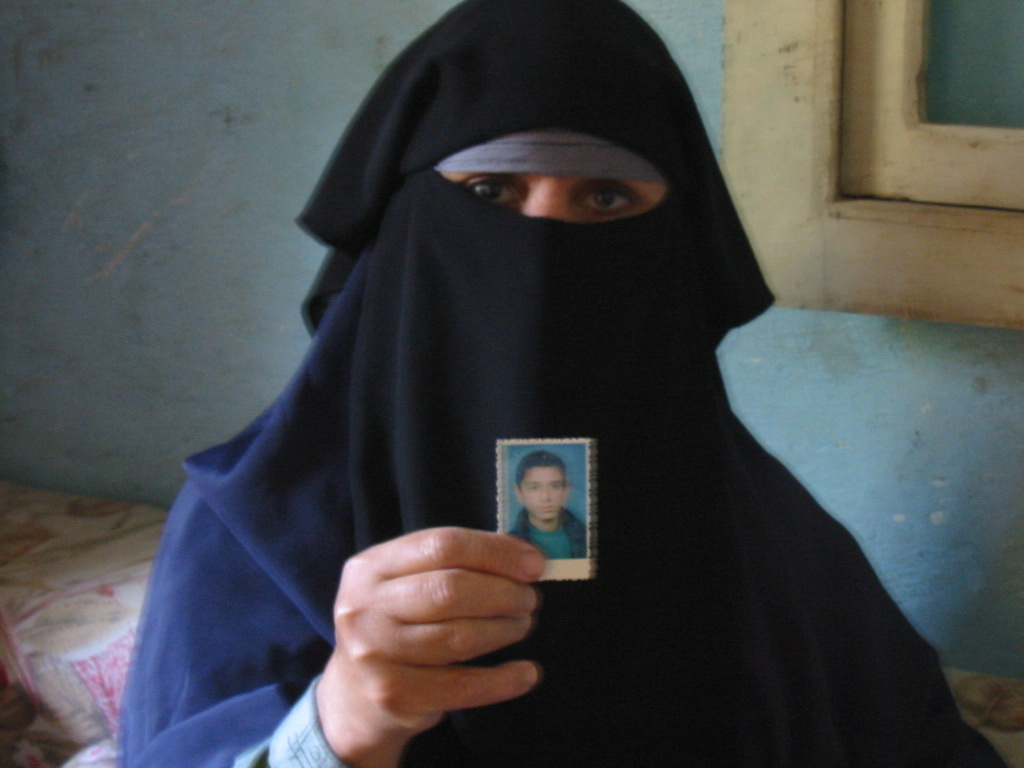
In 1991, as he was starting Egypt's neoliberal transformation under the sponsorship of the World Bank and the International Monetary Fund—through what was dubbed the Economic Reform and Structural Adjustment Program—Hosni Mubarak also cracked down on dissent of all shades. He launched a self-proclaimed war on terrorism against anyone suspected of Islamist sympathies. Police were given a free hand to assassinate dissidents, forcefully disappear suspects and impose collective punishment on families of prisoners. Workers' strikes and other industrial actions were rare and swiftly met with brute state force. Street politics in Egypt was clinically dead.
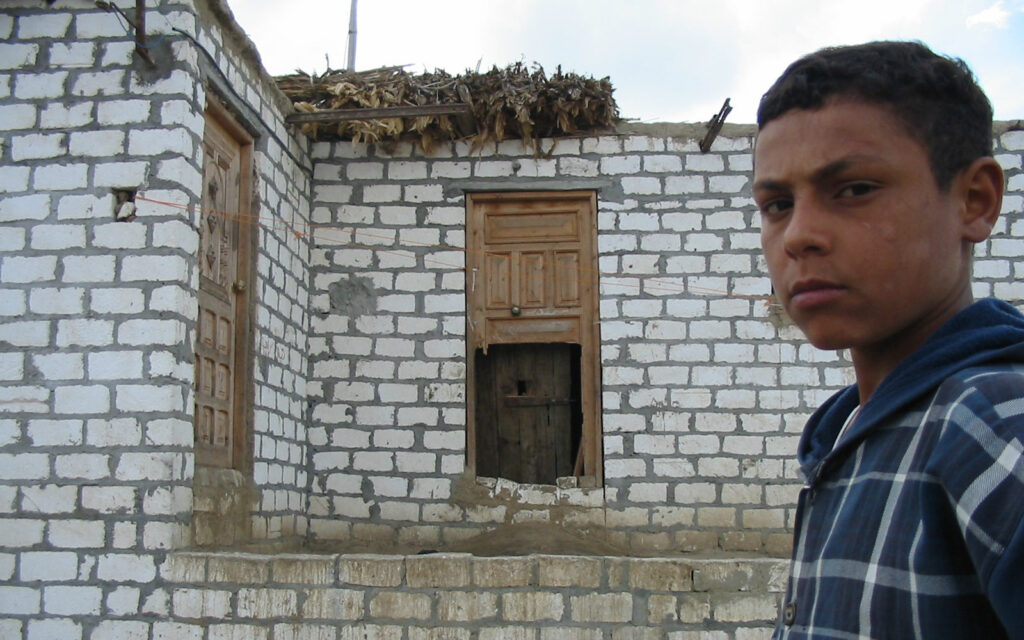
In the countryside, the situation was no better. The neoliberal transition saw the reversal of the agrarian reforms of the 1950s and 1960s, alongside a renewed onslaught on small farmers, from 1997 onward, in favor of the descendants of the pre-1952 landowning elites.
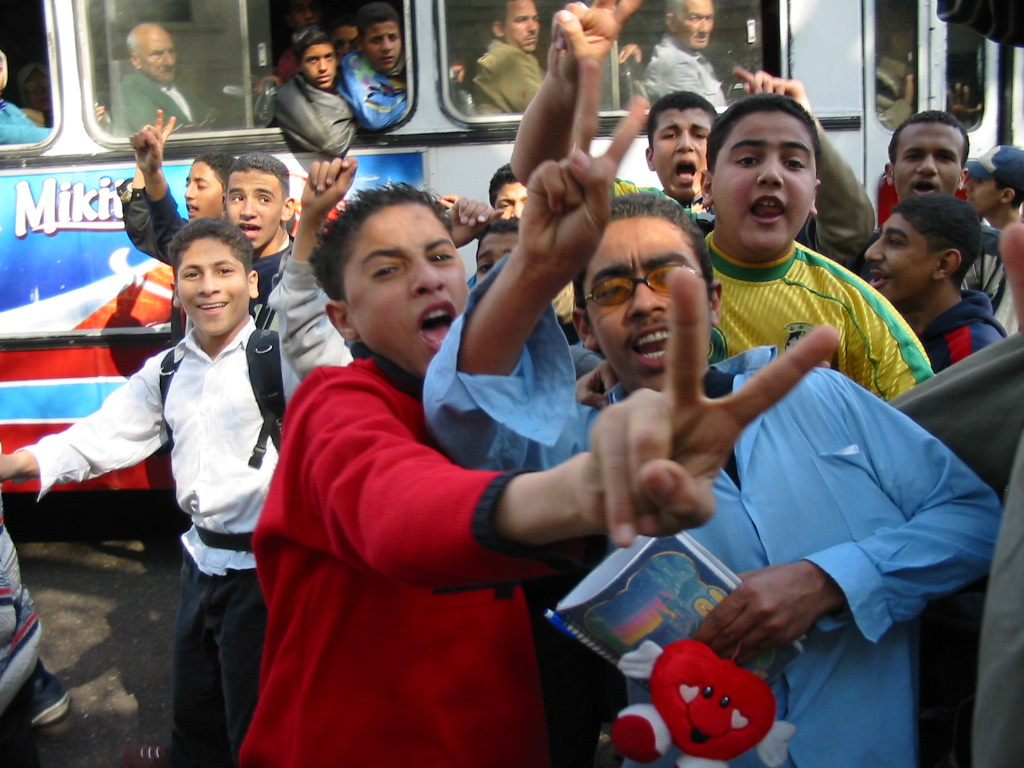
The outbreak of the second Palestinian Intifada, in September 2000, was a rock in still water. Mass protests engulfed Egyptian cities, mainly centered on university campuses, high schools and professional syndicates. Though the trigger of the protests was an issue in the wider Arab world—solidarity with Palestinians, and later Iraqis during America's march to war in Iraq—the demonstrators linked the regional with the local. They voiced criticism of the Mubarak regime, from its cozy relations with Israel and the United States, to its bare-knuckle tactics against peaceful dissent, to its neoliberal economic policies, which exacerbated social inequalities.
Sisi rules in the shadow of Mubarak, whose own dictatorship was brought down not by a sudden and spontaneous eruption of mass protest, but by a slower and steadier buildup of dissent over nearly a decade.
- Hossam el-Hamalawy

The continuous mobilizations from 2000 to 2003, right up to the eve of the American invasion of Iraq, managed to create a margin for street protest, fought for tooth and nail and with huge sacrifices by Egypt's local activist community, whose members faced imprisonment, torture and defamation campaigns by the Mubarak regime. The same Palestine solidarity activists and anti-war campaigners raised the ceiling of dissent by organizing the first ever protest against torture by the police, in the heart of Cairo, in the summer of 2004.

Emboldened by the gradual revival of street politics, Egyptian dissidents decided to take on Mubarak himself, who had remained the biggest taboo over the previous two decades. Under the umbrella of Kefaya—Arabic for "Enough"—activists held their first anti-Mubarak protest in downtown Cairo, calling on Mubarak to step down and to scrap any plans for grooming his son, Gamal, for succession.
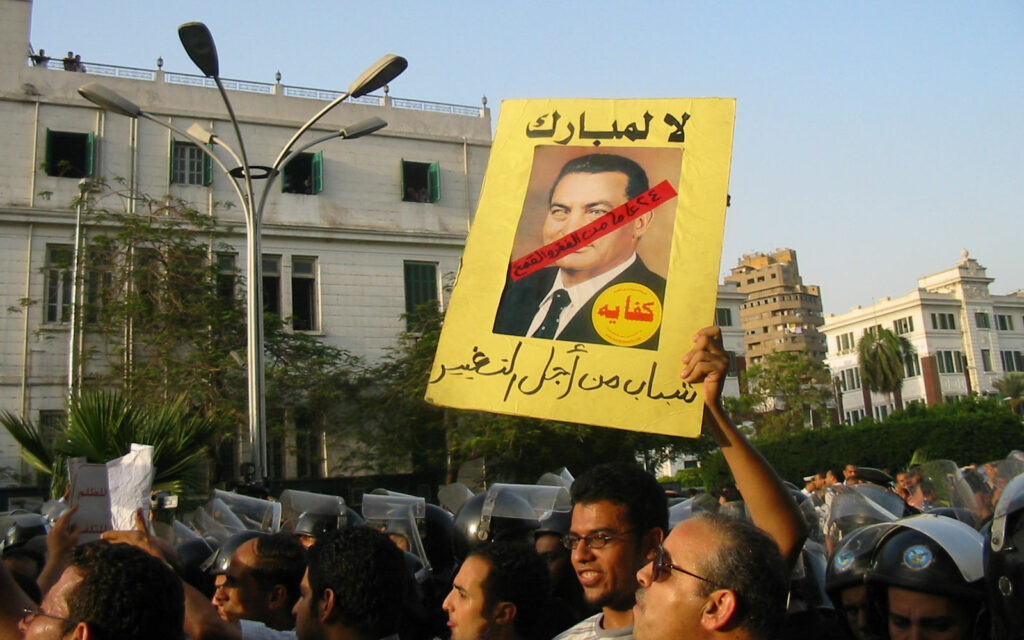
Over the course of two years, from 2004 to 2006, Kefaya organized protests in the streets—largely in downtown Cairo, Alexandria and a few other cities—in support of democratic reforms.
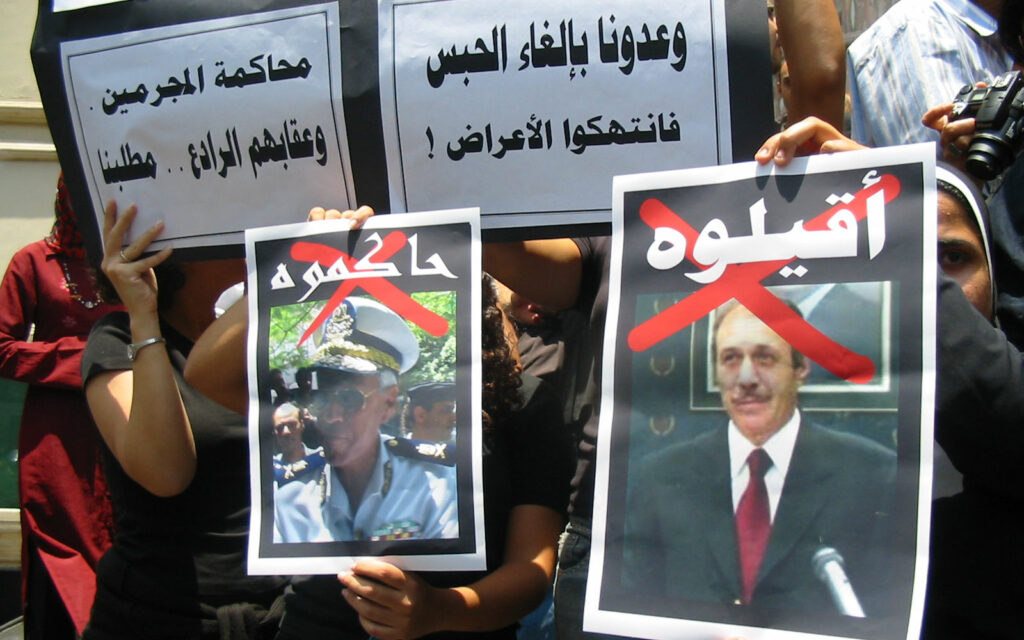
The regime's response varied from police crackdowns to countermobilizations, during which plainclothes criminal thugs attacked pro-democracy demonstrators. Women activists were sexually assaulted on several occasions, most notoriously on May 25, 2005.
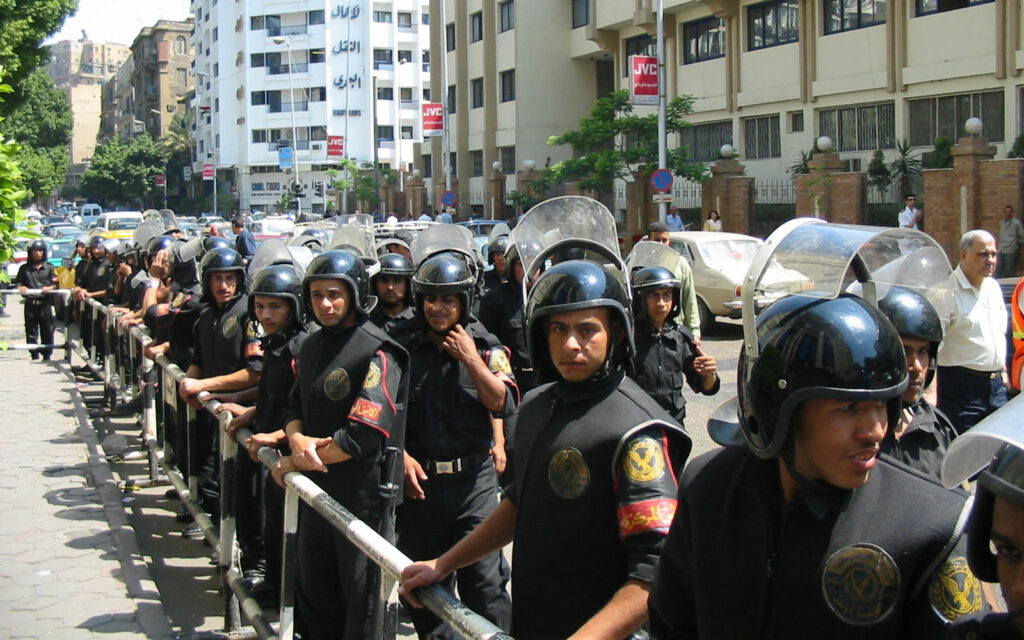
Finally, the Mubarak regime moved with full force, crushing the joint protests organized by Kefaya and the Muslim Brotherhood, in solidarity with reformist judges, in May 2006, arresting hundreds of people, some of whom endured torture and sexual abuse while in custody. The events came to be known as the "Cairo Spring" in the Western media, and locally were dubbed the "judges' intifada." This was, in effect, the end of the Kefaya movement.
We were defeated by the coup in 2013 that brought Sisi to power, but the specter of Jan. 25 continues to haunt our rulers, as Sisi's constant attempts to discredit the uprising's legacy make clear.
- Hossam el-Hamalawy
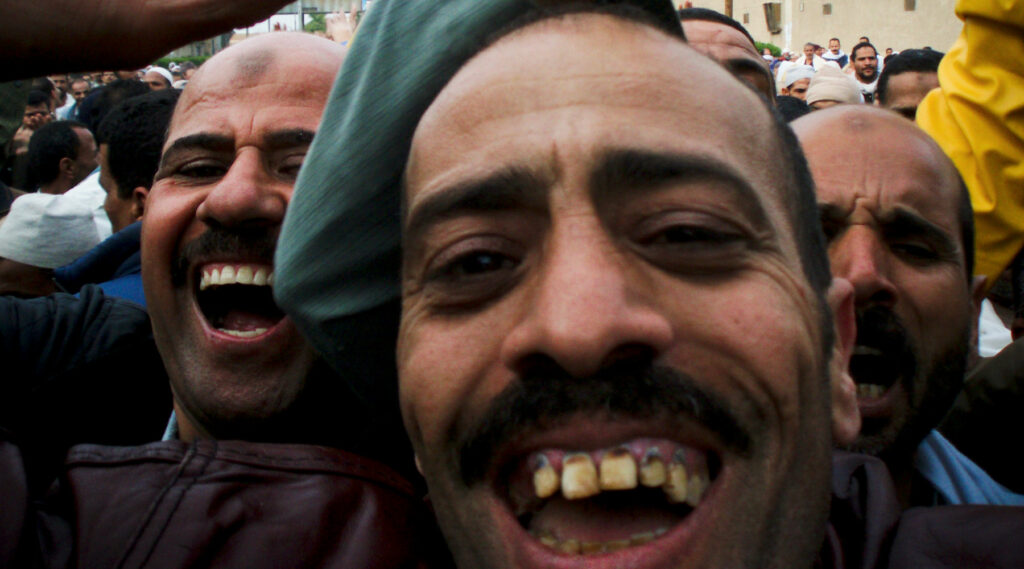
Kefaya was not successful in overthrowing Mubarak, but it managed to electrify the political scene by destroying the dictator's taboo once and for all. This encouraged other sections of Egyptian society to organize and take action. A strike, in December 2006, by more than 20,000 textile workers in Ghazl El-Mahalla triggered the longest and most sustained wave of labor strikes in Egypt since 1946, in every sector of the economy.
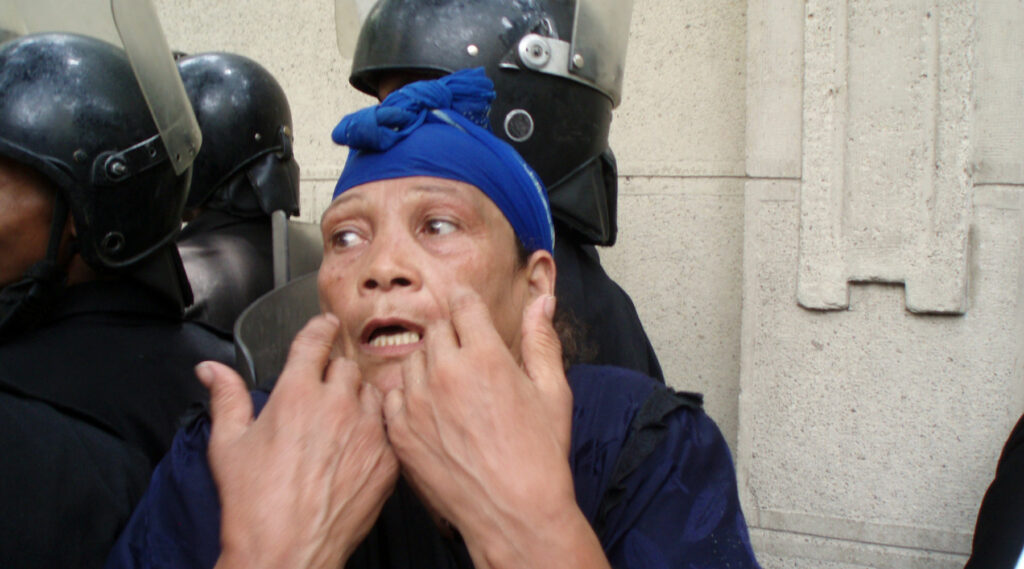
The domino effect of protests extended to the urban poor in Cairo and other cities, who started to fight against forcible evictions and the government's program of "slum clearance." Many residents who faced eviction accused local municipalities of corruption, saying that government-provided alternative housing was only available to those who paid bribes.
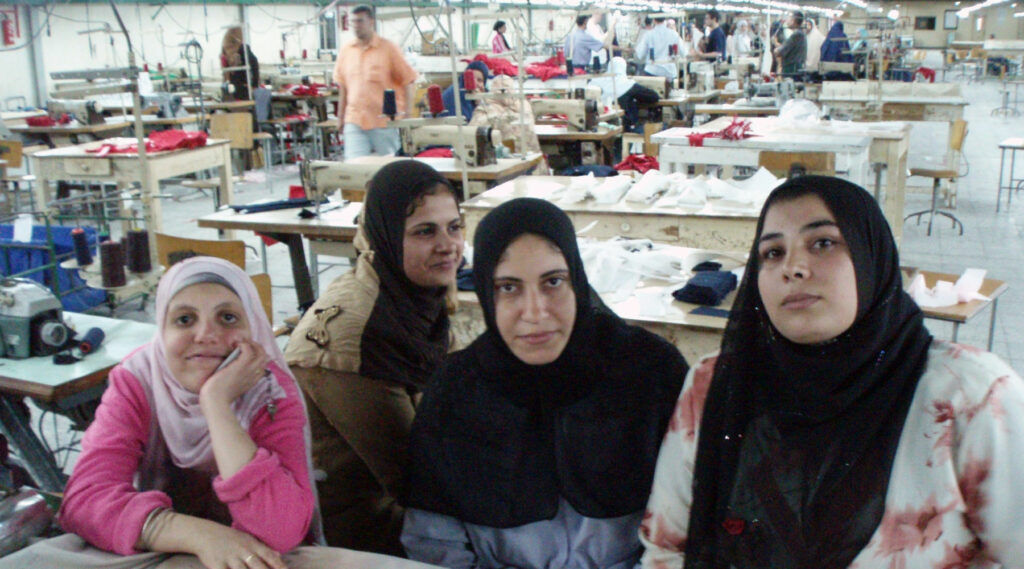
In both the strike wave and the riots of the urban poor, Egyptian women were among the strongest participants.
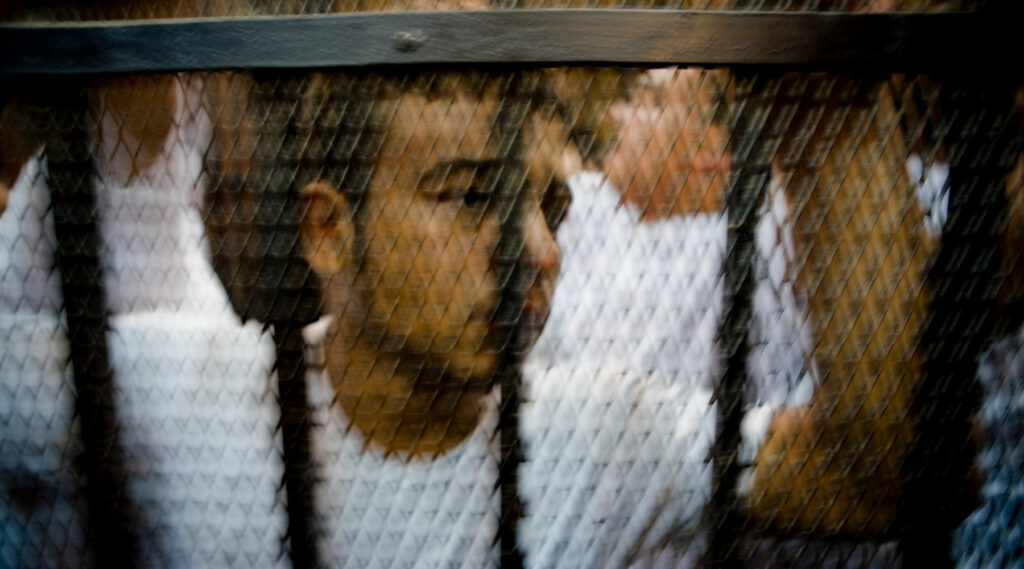
The militancy of factory workers escalated in the Delta, exploding into a two-day uprising in the industrial city of Mahalla El-Kubra, in April 2008. It was suppressed brutally by police and paramilitary troops.
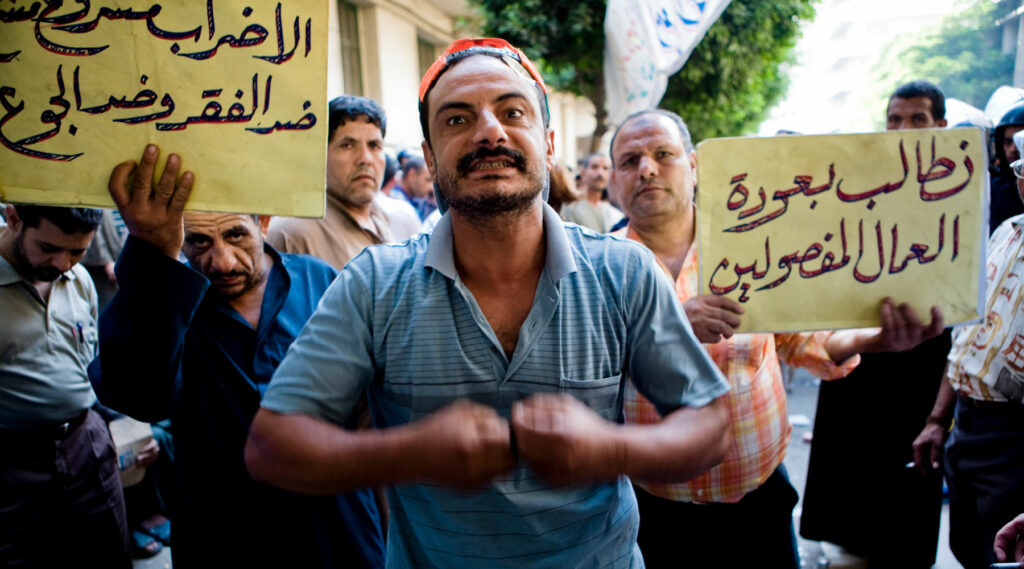
Despite the state repression, the labor strikes and industrial actions continued, and workers from the provinces regularly sent strike delegations to downtown Cairo, to besiege the Cabinet building and Parliament.
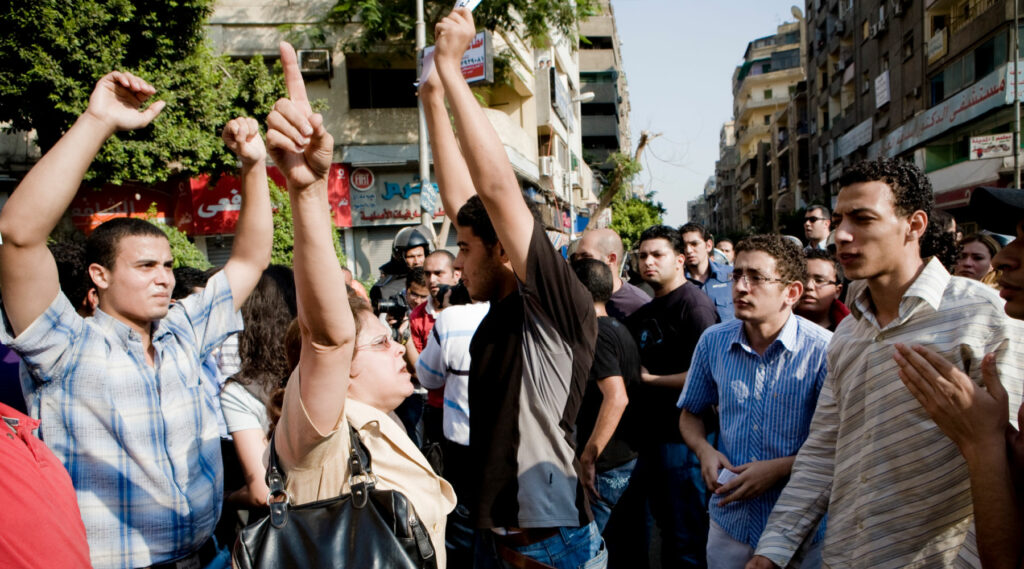
The protests and campaigns against police torture did not cease, either. The murder of a young man by police in Alexandria, Khaled Said, galvanized the protests further, and drew a section of the previously apolitical youth into the ranks of dissent.
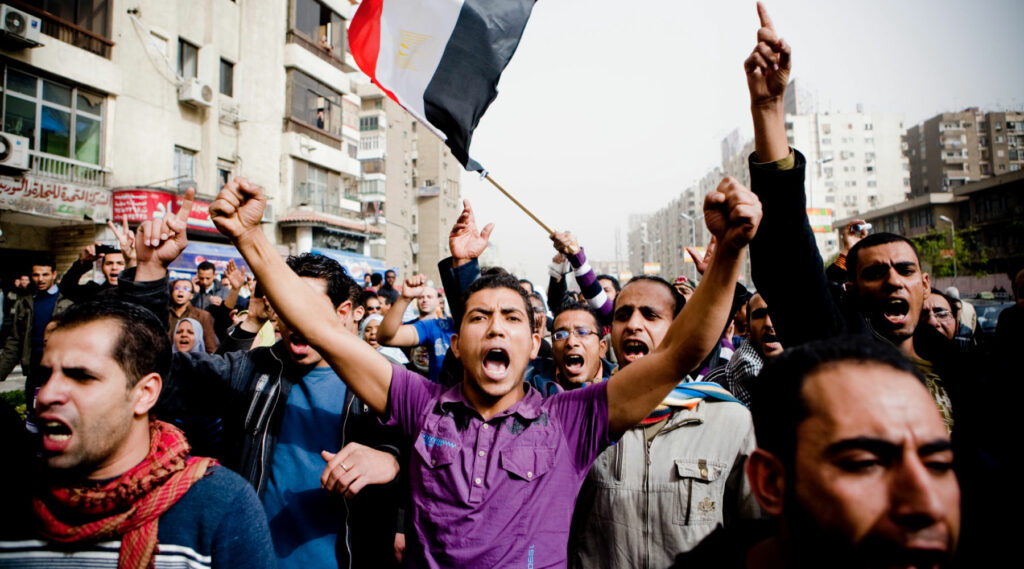
The Jan. 25 uprising wasn't spontaneous, but the climax of a decade-long process. Dissent had been brewing, exploding into mini-uprisings and accumulating struggles all over Egypt. It was neither a local nor foreign "conspiracy," as the Mubarak regime tried to brand it. It was not created by social media. It had been seeded by brave factory workers in the Delta, striking for better wages and against Mubarak's crooked privatization schemes, and by women protesting evictions and the destruction of their homes.
We were defeated by the coup in 2013 that brought Sisi to power, but the specter of Jan. 25 continues to haunt our rulers, as Sisi's constant attempts to discredit the uprising's legacy make clear. Next time, hopefully, we'll be more ready, and better organized, to rid Egypt of dictatorship once and for all.
Hossam el-Hamalawy's entire photography archive is available on Flickr under Creative Commons license, which allows for its commercial and non-commercial use, free of charge. If you want to support his work, you can leave a donation at his PayPal.



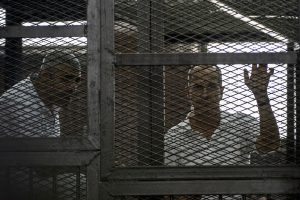


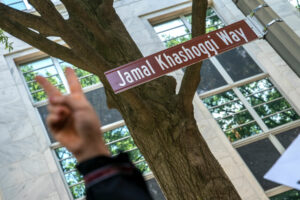


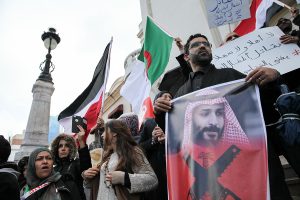
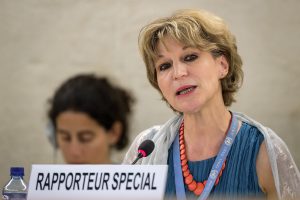


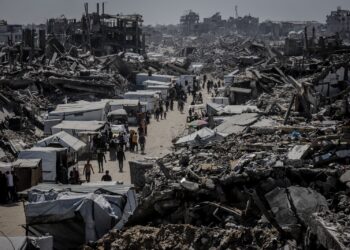


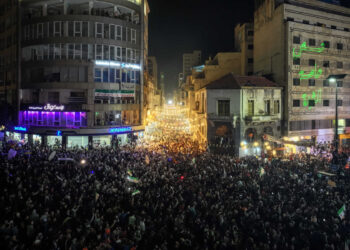
![Security forces loyal to the interim Syrian government stand guard at a checkpoint previously held by supporters of deposed president Bashar al-Assad, in the town of Hmeimim, in the coastal province of Latakia, on March 11, 2025. Syria's new authorities announced on March 10, the end of an operation against loyalists of deposed president Bashar al-Assad, after a war monitor reported more than 1,000 civilians killed in the worst violence since his overthrow. The Syrian Observatory for Human Rights said the overwhelming majority of the 1,068 civilians killed since March 6, were members of the Alawite minority who were executed by the security forces or allied groups. (Photo by OMAR HAJ KADOUR / AFP) / “The erroneous mention[s] appearing in the metadata of this photo by OMAR HAJ KADOUR has been modified in AFP systems in the following manner: [Hmeimim] instead of [Ayn Shiqaq]. Please immediately remove the erroneous mention[s] from all your online services and delete it (them) from your servers. If you have been authorized by AFP to distribute it (them) to third parties, please ensure that the same actions are carried out by them. Failure to promptly comply with these instructions will entail liability on your part for any continued or post notification usage. Therefore we thank you very much for all your attention and prompt action. We are sorry for the inconvenience this notification may cause and remain at your disposal for any further information you may require.”](https://dawnmena.org/wp-content/uploads/2025/04/syria-22039885951-350x250.jpg)


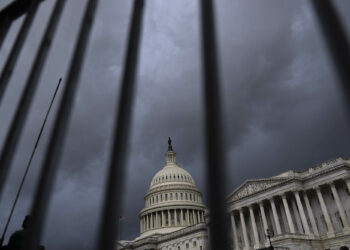






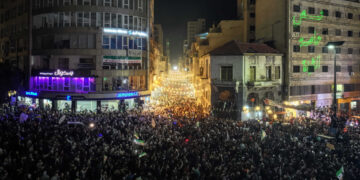

![Security forces loyal to the interim Syrian government stand guard at a checkpoint previously held by supporters of deposed president Bashar al-Assad, in the town of Hmeimim, in the coastal province of Latakia, on March 11, 2025. Syria's new authorities announced on March 10, the end of an operation against loyalists of deposed president Bashar al-Assad, after a war monitor reported more than 1,000 civilians killed in the worst violence since his overthrow. The Syrian Observatory for Human Rights said the overwhelming majority of the 1,068 civilians killed since March 6, were members of the Alawite minority who were executed by the security forces or allied groups. (Photo by OMAR HAJ KADOUR / AFP) / “The erroneous mention[s] appearing in the metadata of this photo by OMAR HAJ KADOUR has been modified in AFP systems in the following manner: [Hmeimim] instead of [Ayn Shiqaq]. Please immediately remove the erroneous mention[s] from all your online services and delete it (them) from your servers. If you have been authorized by AFP to distribute it (them) to third parties, please ensure that the same actions are carried out by them. Failure to promptly comply with these instructions will entail liability on your part for any continued or post notification usage. Therefore we thank you very much for all your attention and prompt action. We are sorry for the inconvenience this notification may cause and remain at your disposal for any further information you may require.”](https://dawnmena.org/wp-content/uploads/2025/04/syria-22039885951-360x180.jpg)
